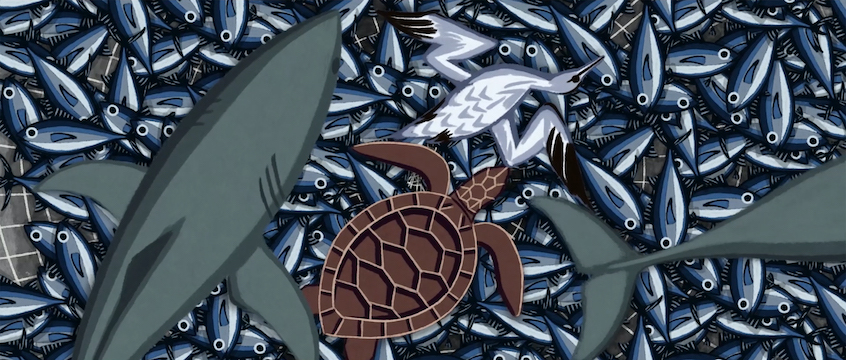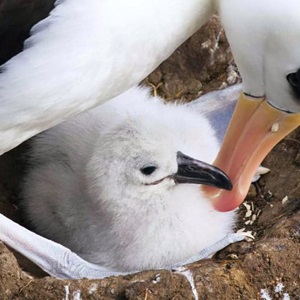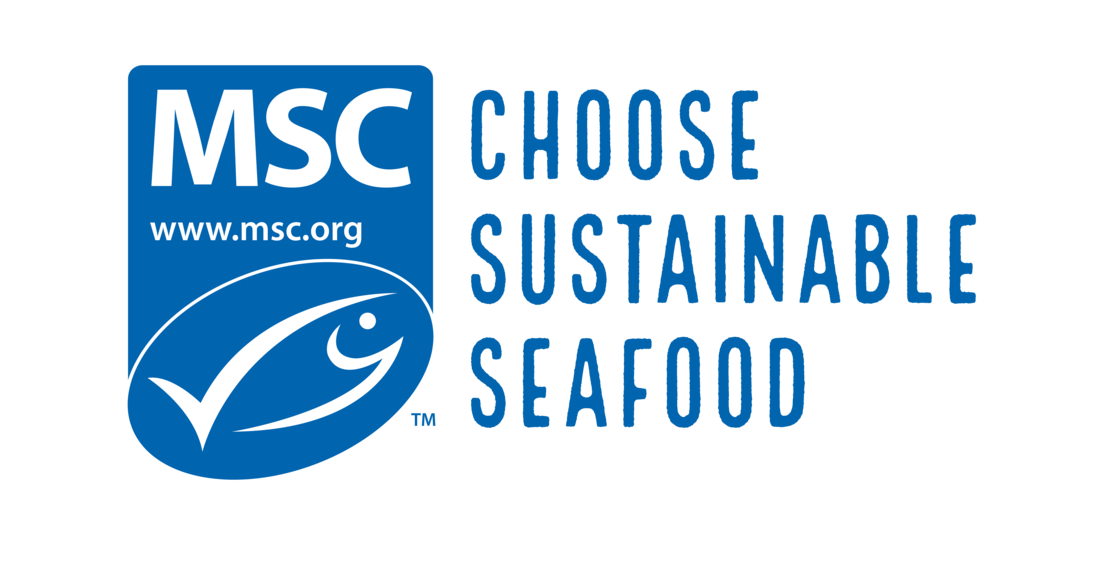Bycatch is fish or other marine species caught unintentionally while trying to catch another type of fish. In some cases, bycatch cannot be avoided, and unwanted fish end up in the fishing net.
Why is bycatch a problem?
Problems associated with bycatch include:
- endangered, threatened and protected species such as turtles and dolphins are accidentally caught, injured or killed.
- the food chain is disrupted by inadvertently taking fish that other fish rely on as food
- the population of a fish species reduces to a point where it is difficult to replenish as the fishing gear may not be designed to allow juvenile fish to swim free and breed.
Responsible, well-managed fisheries will proactively reduce their bycatch.
Is 40% of catch bycatch?
A paper from 2009 proposed a broader definition of bycatch to include all catch from "un-managed" fisheries. Under this definition, it was estimated that 40% of catch is bycatch. However, this definition has not been widely adopted. Research by Dirk Zeller, et al point to a figure of around 10% instead. Meanwhile, a UN FAO report (2018) cites a figure of 9.4%.
Find out more about this myth-buster from academics at the University of Washington in this blog.
How can fishing with unwanted catch be sustainable?
Fishing activity with bycatch can be deemed sustainable so long as the amounts of bycatch are well managed and the affected fish populations remain healthy.
Certain fishing methods can increase the likelihood of bycatch, but effective management with bycatch reduction devices is key to reducing it. One such method is Fish Aggregating Devices in tuna fishing.
When fishing activity is assessed to the MSC Fisheries Standard, scientists examine the amount and species of bycatch to see if it is environmentally sustainable.
The MSC uses the term 'unwanted catch' in the MSC Fisheries Standard to ensure consistent auditing of fisheries. Under this definition, 'unwanted catch' includes undersized or surplus fish that fisheries do not have a quota for, as well as endangered, threatened and protected species, and other unwanted marine species.
During an assessment, the fishing managers must demonstrate that they are not threatening fish populations and that they are implementing measures to minimise unwanted catch.
Bycatch explained in 1 minute
What is an acceptable level of by-catch?
The acceptable level of bycatch varies depending on where in the ocean it is being caught and on the species. For example, even if the level of bycatch is low, it could be that the species is endangered, and therefore that the level of bycatch is deemed too high. Some fish can also be returned alive to the sea in an effort to manage bycatch.

How can unwanted catch be reduced?
Bycatch can be reduced through certification to the MSC Fisheries Standard. Fishing activity is often improved during and after certification. Improvements can include contributions to research, modifications to fishing methods or measures to build up fish populations.
If fishing managers do not comply with their certification requirements and/or
no longer meet the MSC Fisheries Standard, their certificate is suspended and seafood from that source can no longer be labelled and sold with the blue fish tick.
Read about how 'banana pinger' audio device trials are reducing porpoise bycatch
Can I buy seafood free from bycatch?
Unfortunately, most fishing will include some bycatch because different marine creatures swim together.
But sustainable fishing can reduce bycatch to ensure fish populations are healthy and ecosystems are protected.
While fishing with zero bycatch may not be possible, MSC certified sustainable fisheries work to reduce their bycatch toward zero.
To be sure you’re purchasing sustainable seafood where bycatch is minimised, look for the MSC blue fish tick label.
Find out more

Bycatch reduction devices
A key component of sustainable fishing, bycatch reduction devices have been an integral part of long-term marine-life protection.

FAD-free tuna
Read how Fish Aggregating Device (FAD) free tuna is a proven method of preventing bycatch.

The MSC standards
Up to date globally-recognised framework for assessing a fishery's sustainability and management.
Teach and learn about sustainable fishing
Use our curriculum-relevant teaching and learning resources to discover how we can help keep our oceans healthy for generations to come.



